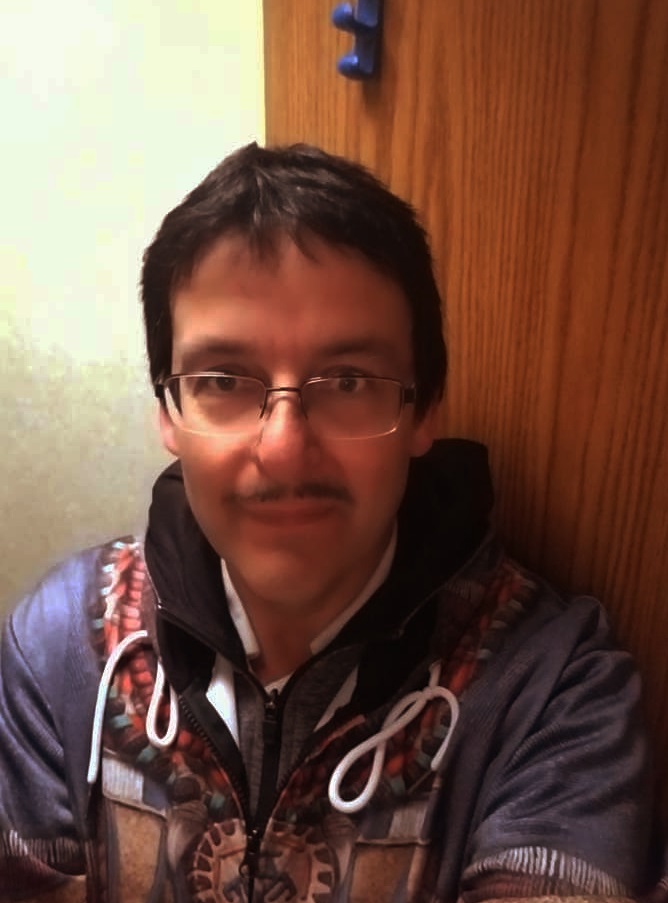
 |
| Spotted Wolf |
Pjila'sioq (welcome all). Every year First Nation communities celebrate many cultural events that showcase a rich and vibrant history. The most famous celebration is the Pow Wow. It is a modern name for an ancient celebration of family and band members. It is an important social, cultural and spiritual event for the Mi'kmaq. In modem times, the term pow wow is universal amongst the Native American tribes throughout Turtle Island (North America) and they are held various times throughout the year.
For the Lnu'k, our historic celebrations were called a Mawio'mi, which refers to a gathering. The term pow wow is a Western North American term that is only recently been used in Eastern Canada.
The infrastructure of the Pow Wow committee is usually made of volunteers. The Pow Wow, or Mawio'mi is an important celebration which allows us to express who we are as Mi'kmaq people. Planning for each Pow Wow starts as soon as the present one is over. Year around planning is very much a necessity. The Pow Wow enables us to share our Mi'kmaq culture and heritage with other tribes and non-natives. This enables others to gain a better understanding of our Mi'kmaq culture and traditions.
Aboriginal craft-makers who market their arts and crafts are very much a part of the event. Usually only authentic Native arts & crafts are permitted for sale on the Pow Wow grounds.
Each crafts person is asked to donate two items for the give away ceremony, held at the end of every pow wow. There can be many tables for rent each day, other crafts, traditional and other foods are also sold. Many resources are used to implement the Committee's specifications to ensure proper preparations of the Pow Wow grounds. The task includes understanding the layout and preparations of the grounds according to cultural and spiritual significance.
The preparations include getting the Arbor ready for the drummers and dancers and making sure there is enough security for the grounds. These are necessary preparations to ensure a safe environment for visitors and participants. The Grand Entry begins at 1: 00 p.m. every day. All women, men, and children who wish to dance in the Grand Entry and the retiring of the flag(s), are requested to be in full regalia.
These are usually traditional Pow Wows with no dance competition. All women, men, and children are welcome to join these special events. Visitors with cameras are told when and when not to take pictures and video. The word "Pow Wow" is an Algonquin term meaning "medicine man" or "he who dreams". A Pow Wow is a unique event signified by social exchanges, cultural sharing and ceremonious rituals. The Pow Wow is a time of teaching, learning, singing, dancing, feasting, sharing and healing.
Pow Wows are an expression of culture, pride and identity. It is a unifying ritual of the young and the old, a recollection of the past and a celebration of the future. Each of the participants at a Pow Wow has a significant contribution and a role in Native society. The elders are the carriers of the traditional teachings, which are shared with the young and all age groups. It is the duty of the learners to respect their elders for the wisdom they hold. Women are highly regarded for they are the bearers of life and ultimately of Native culture.
The Pow Wow begins each day with a grand entry parade led by flag bearers carrying the traditional flags. At this time, the drum begins to reverberate and all are beckoned to remain standing and to remove their hats for the Flag Song and the Veteran's Song. The honour to sing the Flag Song and the Veteran's Song is bestowed upon the host drum. The eagle staff is held high above the ground, as the flag bearers dance in a clockwise pattern from east to west around the dance arena. Behind the flag bearers, war veterans parade while carrying the Canadian and American flags. Novelity flags should not be used.
Trailing behind the flag bearers are the lead female and lead male dancers. Behind the lead dancers are the women, followed by the host of the Pow Wow. In single file come the male traditional dancers, fancy shawl dancers and last, but not least, the girl dancers. After having told you briefly what a Pow Wow is, only by experiencing it can you fully understand its importance.
wela'lioq (thank you all).
Compiled by Saqamaw Jasen S. Benwah
Kitpu-Benoit Clan
Cape St George, NL.
jasenbenwah@hotmail.com
www.benoitfirstnation.ca
Originally compiled on July 25, 2005
Website Copyright © 2005 Jasen Sylvester Benwah